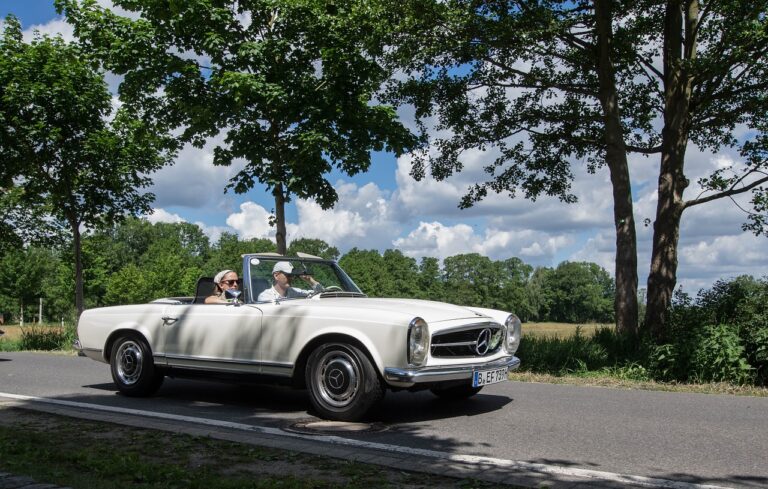Exploring the Role of Virtual Reality in Car Design and Prototyping
Car design has come a long way since the first automobiles rolled off the assembly line. At the inception of the automotive industry, cars were mainly seen as a means of transportation rather than objects of beauty or status symbols. However, as time progressed, designers began to infuse artistry and functionality into their creations, leading to the birth of iconic car models that changed the industry forever.
One of the significant shifts in car design occurred during the mid-20th century, with the introduction of streamlined and aerodynamic shapes that were influenced by aviation technology. This era saw the emergence of car designs that prioritized speed, efficiency, and style, paving the way for the sleek and futuristic vehicles we see today. From classic muscle cars to modern electric vehicles, the evolution of car design continues to be shaped by technological advancements, consumer preferences, and changing societal trends.
• The 1950s and 1960s marked the golden age of automotive design, with iconic models such as the Chevrolet Corvette and Ford Mustang setting new standards for style and performance.
• Advances in materials like fiberglass allowed designers to experiment with innovative shapes and forms, leading to the creation of unique and eye-catching vehicles.
• The rise of computer-aided design (CAD) software in the late 20th century revolutionized the way cars were conceptualized and developed, enabling designers to create more complex and intricate designs than ever before.
• Today, sustainability has become a key focus in car design, with manufacturers incorporating eco-friendly materials and aerodynamic features to reduce fuel consumption and emissions.
The Impact of Virtual Reality on Design Process
Immersive technology has revolutionized the way car designs are conceptualized and brought to life. Design teams are now able to visualize and interact with their creations in a virtual environment, enabling them to make real-time adjustments and enhancements. This level of interactivity has greatly streamlined the design process, allowing for quicker iterations and more accurate prototyping.
By utilizing virtual reality in the design process, car manufacturers can significantly reduce the time and cost traditionally associated with physical prototyping. Engineers and designers can collaborate seamlessly in a shared digital space, enabling them to test designs and simulate various scenarios without the need for physical models. This not only accelerates the design cycle but also facilitates a more efficient decision-making process, ultimately leading to the creation of more innovative and high-quality vehicles.
Benefits of Virtual Reality in Car Prototyping
Virtual reality has revolutionized the way car prototypes are created. Designers can now step inside a virtual world where they can interact with the digital models of their designs. This immersive experience allows them to gather valuable insights and make adjustments in real-time, leading to more efficient prototyping processes.
One of the key benefits of using virtual reality in car prototyping is the significant cost savings it offers. Traditionally, creating physical prototypes can be time-consuming and expensive. With virtual reality, designers can test various design concepts without the need for physical models, saving both time and money in the development process.
How has car design evolved over time?
Car design has evolved from traditional hand-drawn sketches to computer-aided design (CAD) software, and now includes virtual reality technology for prototyping.
What impact does virtual reality have on the car design process?
Virtual reality allows designers to create and manipulate 3D models in a realistic environment, helping them visualize the final product and make design decisions more efficiently.
What are some benefits of using virtual reality in car prototyping?
Some benefits of using virtual reality in car prototyping include cost savings, faster design iterations, enhanced collaboration among team members, and improved design accuracy.







